Earlier this week, the PC cult classic Undertale came to PlayStation 4 and PlayStation Vita. The game was one of the most critically acclaimed from 2015, and for good reasons, which we will go into here. In this review, I will review both the game itself as well as how the PS4 version stacks up against the PC original. Also, please note that this review will contain MAJOR SPOILERS for the game, so please, go enjoy it for yourself first if you haven’t already.
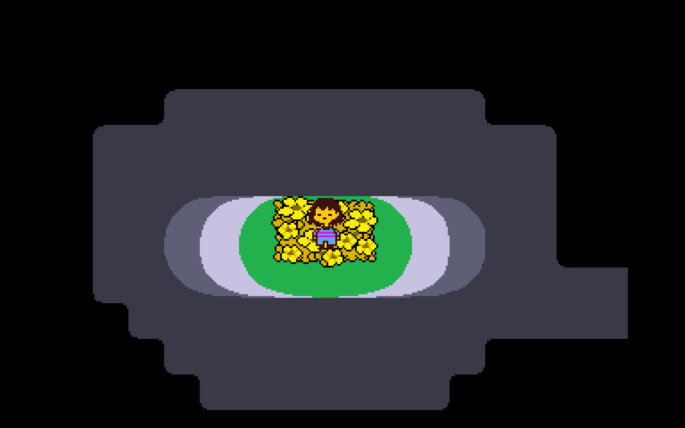
The Game
Undertale draws you in with its adorable charm, incredible soundtrack, 16-bit nostalgia and hilarious humor and then only gets better from there. The game is clearly reminiscent of old-school RPGs such as Chrono Trigger, Final Fantasy, the early Pokémon games and particularly EarthBound. However, where Undertale really gets its brilliance from is its penchant for challenging every RPG trope that is present in its influences. The very premise of the game is one that defies expectations of RPG enthusiasts: “The friendly RPG where nobody has to die.”
In most RPGs, players will go around, mindlessly killing all the monsters they come across without even thinking about it. It’s what the genre expects of you, after all; how else are you supposed to get experience points or money? Undertale ingeniously flips this whole narrative on its head by giving you the option to spare all enemies you encounter, rather than killing everything you see. Instead of fighting your way to victory, you can find creative ways to make peace with enemies instead. You can cheer a monster up, liberating it of its insecurities; you can compliment a monster until it doesn’t want to fight you anymore; you can simply hold your ground and firmly tell monsters that you will not indulge in violence until they follow your lead. Or, should you be so inclined, you still have the option to kill if you think that is the most efficient way of dealing with your problems.
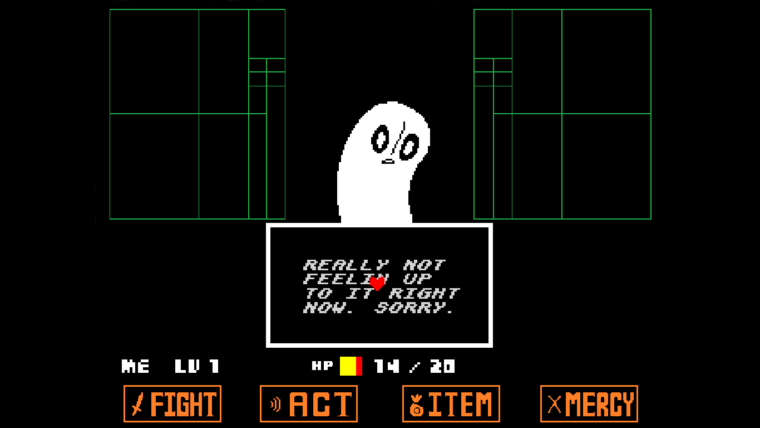
Undertale really pushes this point home by giving every monster a unique personality. They’re not all soulless goblins or wild animals like you might find in other games. Some monsters are depressed, others are shy, some don’t even know what they’re doing there. There are different, non-violent means to dealing with each monster based on their individual personalities.
Where Undertale really gets its brilliance from is its penchant for challenging every RPG trope that is present in its influences.
Each boss (not to be confused with the in-game term “Boss Monster”) is also a potential friend and important character in the narrative story, should you let them live. These monsters in particular are a joy because, due to great writing and dialogue, they feel like real creatures. Which only goes to serve the point of the game; you wouldn’t mind killing a troll whose only purpose in life (or in code) is to try to kill you so he can kidnap the princess or whatever. But maybe you would mind killing Papyrus, the self-absorbed yet not terribly intelligent skeleton whose goal in life is to join the Royal Guard, since, despite his apparent narcissism, he’s also a loyal friend and brother who really just gets happiness out of watching people attempt the puzzles he’s made. But, if not, you can always kill him for EXP and Gold.
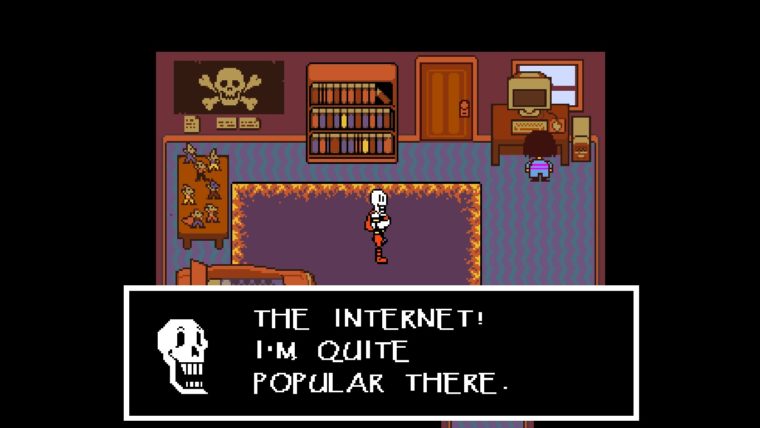
Whether you choose to kill everyone, spare everyone or do a little of both, the game will change based on your decisions. There are several different endings in the game depending on who you let live and who you don’t. In some endings, the Queen of the Underground (where all monsters reside) may return to rule and usher in an era of peace without conflict with the humans who trapped them in the Underground. If you kill the Queen, Undyne will take over as ruler of the Underground and escalate the war against the humans. Other endings include Papyrus becoming the Head of the Royal Guard, a TV personality taking over the Underground, complete anarchy and even an ending where somehow a small, white dog becomes the leader, which turns out to be the best for everyone (well, the best for everyone who you haven’t killed).
You can tell that a ton of thought went into this game. Multiple endings aside, there are several other things the player can experience based on their choices. Certain dialogue options will open up and others will close based on how you interact with the characters. Depending on the randomly generated “Fun Value” you receive at the beginning of a playthrough, you might receive a call from someone who accidentally called the wrong number, and then sing you a song about it. Repeatedly killing yourself and re-spawning while a villain is trying to give a monologue will cause him to give different dialogue than if you played normally. Papyrus and Undyne, should you have befriended them, will give you different advice for each area of the game depending on where and when you choose to call them. And then there are all the game’s secrets. Solving a specific, optional puzzle will lead you to a Legendary Artifact. Taking a hidden road will take you to Temmie Village (yaYA!! go to TEM VILLAGE!!!). Treating different characters certain ways may cause them to pursue different lines of work once everyone leaves the Underground in the Pacifist ending. You may accidentally stumble into a room where you’ll find the mysterious W.D. Gaster. You could probably play this game for months on end and still not find everything. Several times, I have seen a YouTube Let’s Player stumble across a secret in the game that they got to by doing something I never would have thought of doing myself, even after playing the game several times myself and watching several different Let’s Plays of it. The replay value of this game is amazing.

So now let’s talk about the actual gameplay. It’s great. While technically correct, to simply call Undertale an RPG is really not doing it justice. It’s more like an RPG/bullet hell/rhythm game/platformer/shooter/dating simulator. And it’s awesome. In battle, you have to dodge enemies’ bullet hell-style attacks in real time, as if they’re actually attacking you and not just choosing a command on their menu. Some enemies will turn your SOUL a different color, further changing the gameplay. When your SOUL is blue, there is a gravity effect that makes gameplay more like a platformer, where you have to jump over attacks to dodge them. If your SOUL is yellow, you are given the ability to shoot projectiles at your enemy during their attacking turns. If you choose to attack your enemy, the amount of damage you do is based on how accurately you can hit the button at the correct time, resembling a rhythm game. And there are several characters you can “date,” though you never actually get any romantic action out of it yourself. In short, Undertale takes a ton of concepts from a bunch of different gaming genres and implements them all in a way that is unique and fun as hell to play.
Some would argue that Undertale‘s 16-bit visuals aren’t exactly the most stunning, especially in an age where AAA titles have graphics that are increasingly realistic. I would argue that Undertale‘s graphics add to the appeal of it. They’re part of the game’s charm. And for those who grew up with SNES RPGs, it can be nostalgic. Plus, it makes it all the more spectacular when the game breaks its own 16-bit convention (Photoshop Flowey is particularly terrifying).

Speaking of breaking conventions, let’s return to that topic, because there’s A LOT to discuss there. I happen to be a big fan of meta humor. I love it when something can acknowledge and point out the absurdity of itself. Undertale does this in spades. Pretty much any RPG trope you can think of, Undertale satirizes. In most RPGs, you can sell your items to stores; in this game, the clerk will question why she would want to buy your stick and used bandage. Most RPGs provide the player with an inn, or some place where they can rest for a few seconds to fully restore their health; in this game, the inn owner will be astounded that the player was able to rest so well in such a short amount of time and give the player their money back since they didn’t stay the night. Most RPGs have NPCs who seem to magically appear in another location upon going to a different screen, even if there was no way that character could have gotten to that location faster than the player did; in this game, there’s a character who takes advantage of this convention to “teleport.” Most RPGs offer optional sidequests for the player to attain a valuable item upon completion; in this game, after going out of your way to solve a puzzle to reach the Legendary Artifact, a small, white dog will suddenly appear to absorb the artifact before leaving the screen, leaving you unable to get the object (arguably, the Dog Residue you get from this encounter is the real valuable object you get for completing the sidequest, but it’s still a hilarious satire). There are numerous examples of this kind of thing and it’s great.
The replay value of this game is amazing.
Perhaps the greatest RPG satire of all time is the battle with Sans you will be forced to take part in if you killed every other character in the game. It’s as if Sans knows that he is in an RPG and uses that to his full advantage to mess with the player in a sequence that is one of the most unique and memorable of any video game. This is a character who breaks every RPG battle convention you can think of. In a game where the player always has the first move, Sans decides he’s going to attack first for once. He also starts the battle off immediately using his “strongest attack” (debatable, but they’re his words). Instead of taking damage from your attacks like every other character, his sprite will simply move out of the way, allowing him to dodge all of your attacks. Unlike every other enemy in the game, Sans doesn’t give you invincibility frames, so he can damage you multiple times in a row without stopping and end up doing a ton of damage with one hit. In the middle of the battle, he offers to spare you and if you accept his mercy, he one-hit kills you. He attacks you during your turn while you are navigating your menu. And to finish up the battle, his “special attack” involves him just standing there, not doing anything, because as long as it’s his turn and not yours, you can’t attack him, so he just decides “it’s not gonna BE your turn. Ever.” Sans is completely unforgiving and the battle with him is by far the most difficult part of the game, but that’s exactly the point. You deserve this level of difficulty because if you’re fighting Sans then that means that you have killed everyone else, you genocidal psychopath. This battle is ridiculously difficult and totally unforgiving but utterly brilliant and I love it (even if it was an enormous pain in the neck to beat).
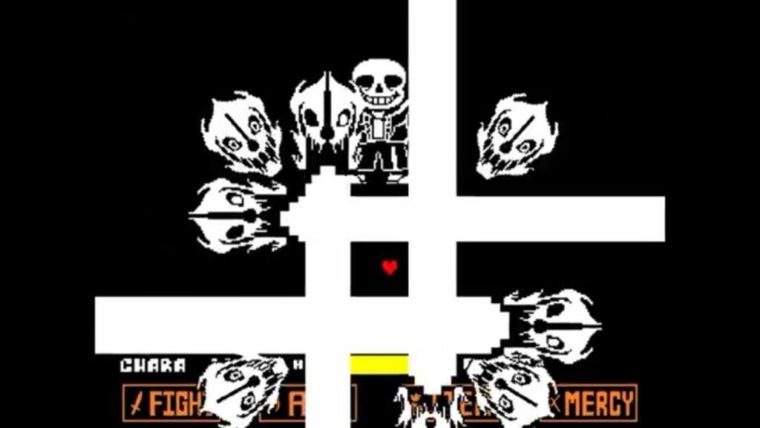
Alternatively, if you’re a good person and spare every monster you come across (even the ones that seem impossible to spare, or the ones that want nothing more than for you to die), you will be treated to an emotional story with a heartfelt ending. Undertale has some very deep lore that the fanbase is still trying to completely figure out, which is likely one of the reasons this out-of-nowhere indie game is still relevant almost two years later. The soundtrack in this game is one of the best I’ve ever heard. This game is just an all-around joy to play.
The PS4 Version
Most people will tell you that the PC version and PS4 version of Undertale are the same. Well, that’s about 99% true. So everything I said above still applies. There are a few differences though, most of them being pretty minor. For example, one of the game’s secrets is that if you interact with a certain part of a certain wall, you will see a small frog hiding in a crack in the wall. In the PlayStation versions of the game, you will actually see two frogs, giving you an “exclusive experience,” once again satirizing video game tropes. During the tutorial level, one of the tutorial frogs who normally tells the player about pressing F4 to make the game full-screen will no longer do so, since PS4 games are automatically full-screen and there is no F4 button. Instead, this frog will tell the player about the PlayStation-exclusive borders. These borders are exclusive to the PlayStation versions because the game is originally set to a 4:3 screen ratio, but most TVs these days are 16:9, so they needed something to fill in the empty space. There are a few different border possibilities, which can be changed in the game’s “Settings” menu from the home screen. There’s the Simple border, which is just a thin, white line bordering the screen, the Sepia border, which is a flowery, sepia-tone border meant to coincide with the game’s story-book style opening, the Dynamic border, which changes depending on which area the player is currently in (Ruins, Snowdin, Hotland, Castle and True Lab), and the option for no border at all. I also discovered upon beating the game’s joke Hard Mode that doing so unlocks the Beauty border, which is… indescribable. You just have to see if for yourself. So here (yes, this is real).
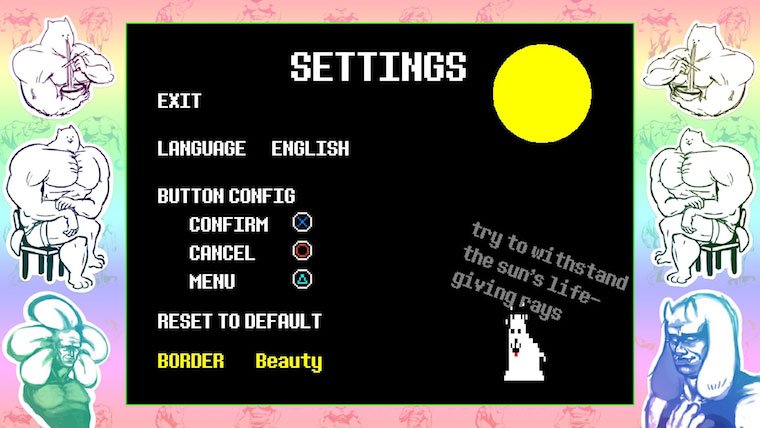
As far as differing gameplay goes, it’s the same game, so there isn’t much to say. Undertale has always felt more like a console game than a PC game to me, likely because of how much it emulates 16-bit RPGs from the SNES era, so finally having it on a console is cool. I definitely enjoyed playing it on a controller instead of on a keyboard. While there’s nothing wrong with playing the game on a keyboard, the controller gives you the option of moving with both the d-pad and the analog stick, which is very handy since there are some attacks that are easier to dodge moving in the more constrained, very directional controls the d-pad offers while other attacks are easier to dodge using the more free and fluid analog stick controls. Having both at my disposal was very cool. It does make the game easier, which some people may take issue with, but I don’t. If easiness is an issue for someone, then Undertale is probably not their cup of tea anyway, but the parts of the game that are legitimately difficult, such as Hard Mode and the Sans fight, were definitely made easier by the new controls and that is a welcome change as far as I’m concerned (both were still extremely hard, just more doable now).
You could have plugged a controller into your computer and played that way with your PC version though, so these controls aren’t exactly exclusive to the PlayStation versions. It was cool to see the game on the big screen and to hear the music coming from the TV’s speakers instead of my crappy computer speakers, but again, if you had a way to plug your computer into your TV, this isn’t really an exclusive experience either. So let’s move on to the main thing distinguishing the PS4 version from the PC version.
Undertale takes a ton of concepts from a bunch of different gaming genres and implements them all in a way that is unique and fun as hell to play.
Exclusive to the PlayStation versions of the game is a new area called the Dog Shrine. The Dog Shrine can be found in Papyrus’s sink and it exists solely for PlayStation Trophy purposes. So let’s talk about the PlayStation Trophies for a little bit, since that’s clearly an exclusive thing. There are only three types of Trophies that Undertale offers and they’re all extremely easy to get (I assume Toby wanted to keep the game mostly Trophy-free since descriptions of Trophies can spoil the game and Undertale is a game chock-full of spoiler-worthy material). One type of Trophy is item-collecting Trophies. One of the first Trophies you will get is called “Don’t Worry, I Have Lots of Ideas for Trophies” and you get it for collecting an item. Just one item. Any item. Then you get another Trophy for getting your second item. Then another for your third. And your fourth. The fourth item Trophy is called “Help Me, I’m Out of Ideas” and marks the end of the item-collecting Trophies. The second kind of Trophy is the going-places Trophies. You get these simply by arriving in areas that are mandatory to go to in order to beat the game. Then there are the Dog Shrine Trophies, which make up the majority of the Trophies you can get from Undertale.
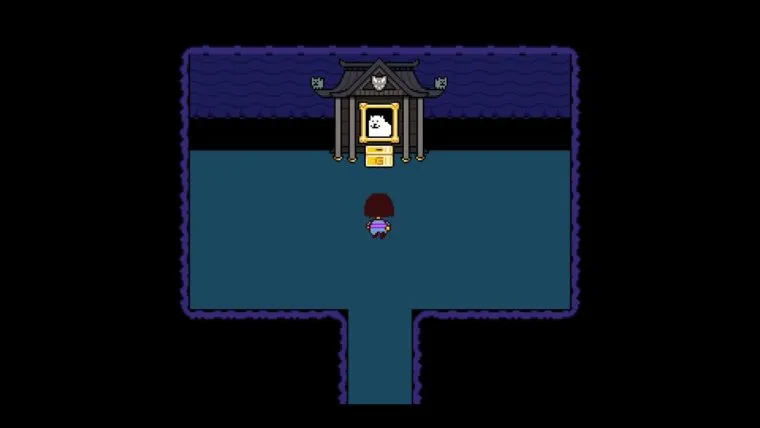
At the Dog Shrine, you will get Trophies for donating (or rather “dognating”) various amounts of money. You can only dognate one Gold at a time, so this can take a while. There are fifteen Trophies to be earned dognating to the Dog Shrine and by the time you have collected them all you will have dognated a total of 350 Gold. So it kind of takes patience, but it’s also hilarious since the dog at the shrine buys random objects each time you dognate enough to earn a Trophy. One such item is a boombox which plays a more upbeat version of “Dogsong” which can be continually sped up by interacting with the boombox. I also figured out that if you are doing a Pacifist run, before you and your friends leave the Underground, when you are given the option to explore the Underground and talk to everyone and see all their new dialogue options, you can return to the Dog Shrine and interacting with the boombox will cause “Reunited,” the song that plays during this part of the game, to speed up. So there’s another secret for you to try out.
So Undertale works very well as a PlayStation game. I would almost say that I prefer it on the PS4 if it weren’t for one thing. One of the most iconic parts of the game is when you are playing one of the many Neutral runs: after the fight with Asgore, Flowey will kill Asgore, absorb the six human SOULS and crash the game. Except that in the PlayStation versions he doesn’t crash the game. It kind of resets, sending you back to the storybook intro, but the feeling of bewilderment that comes from having a character in the game actually force the game to close without the player’s knowledge or permission is really cool and unfortunately lost in this version. For this alone, I might prefer the PC version of the game, but the ability to play with the DualShock 4 controller, the cool borders and the addition of the hilarious Dog Shrine definitely give me some hesitance to making that call.
The Verdict
Regardless of whether you are playing it on a computer or on a PlayStation console, if you have a SOUL you will likely love playing this game. Unfortunately, the biggest criticism this game has gotten over the past couple of years is that its over-enthusiastic fanbase can be… overzealous. But this is no reason to hate the game itself and if you haven’t, you should really give it a chance. Undertale is a wonderful game on every level. The music is awesome, the gameplay is fun, the lore is deep, the characters are great, the humor is hilarious and the story is terrific.




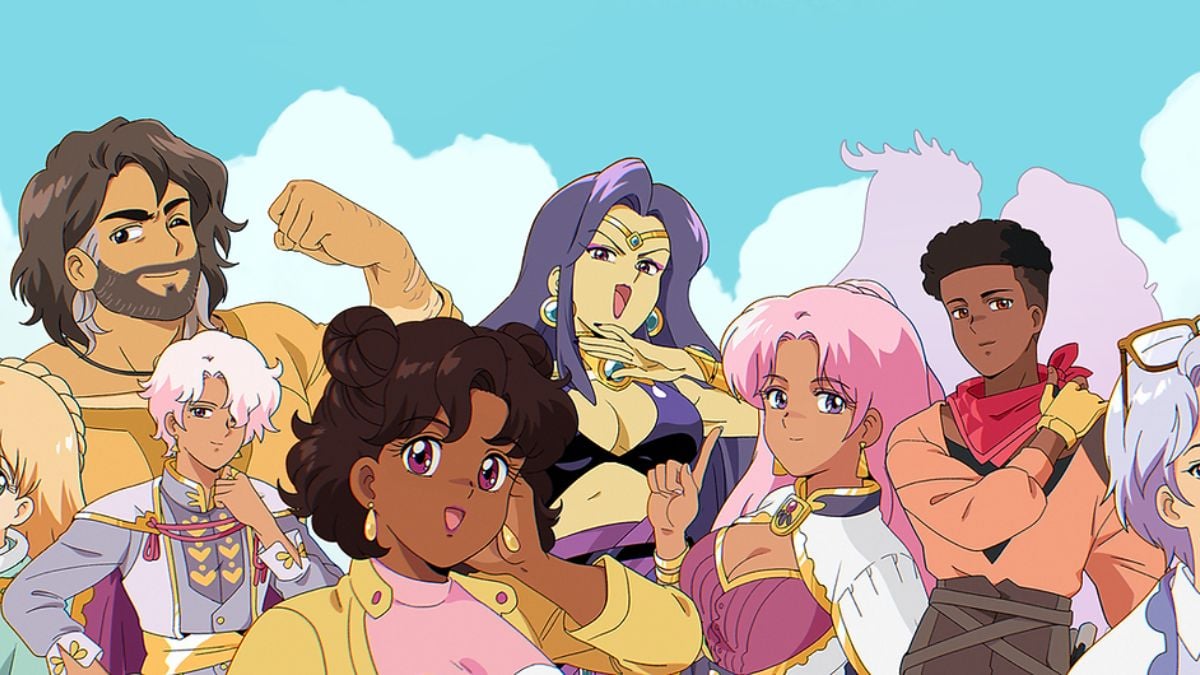
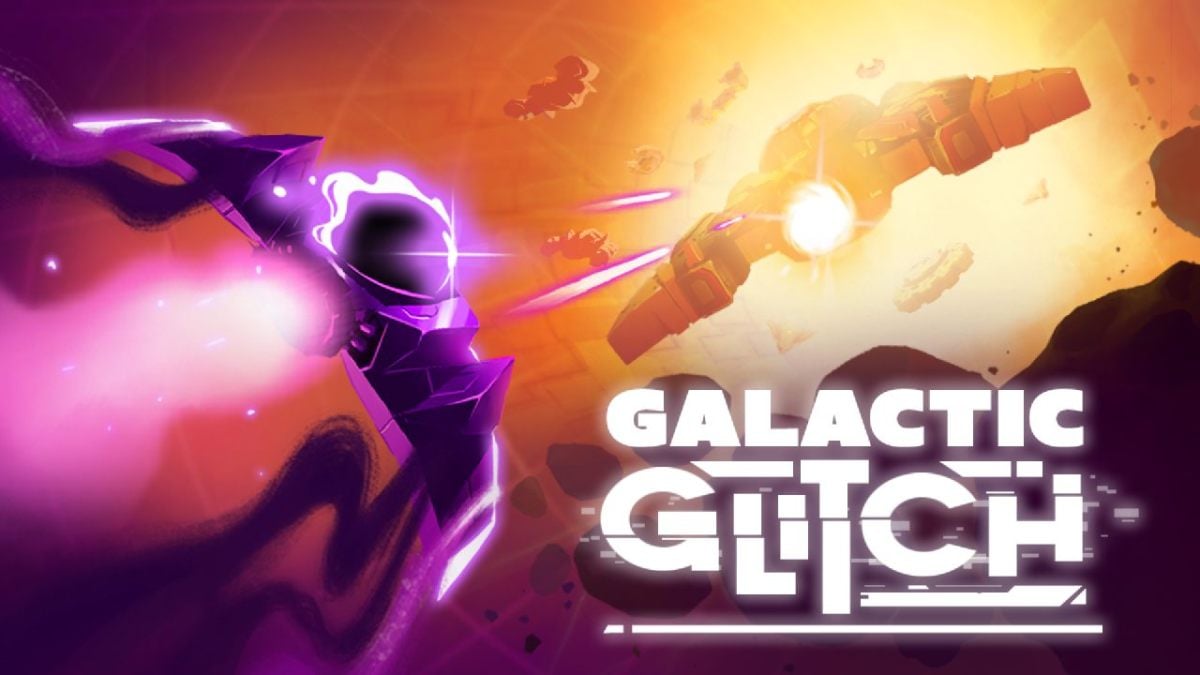
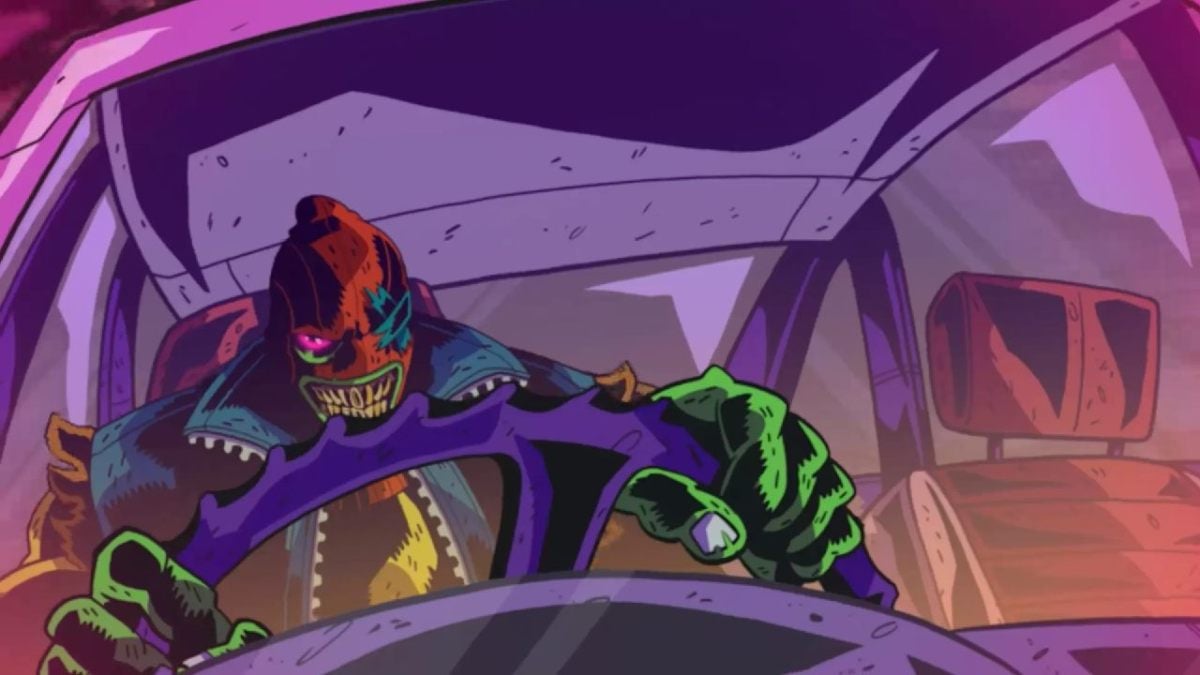
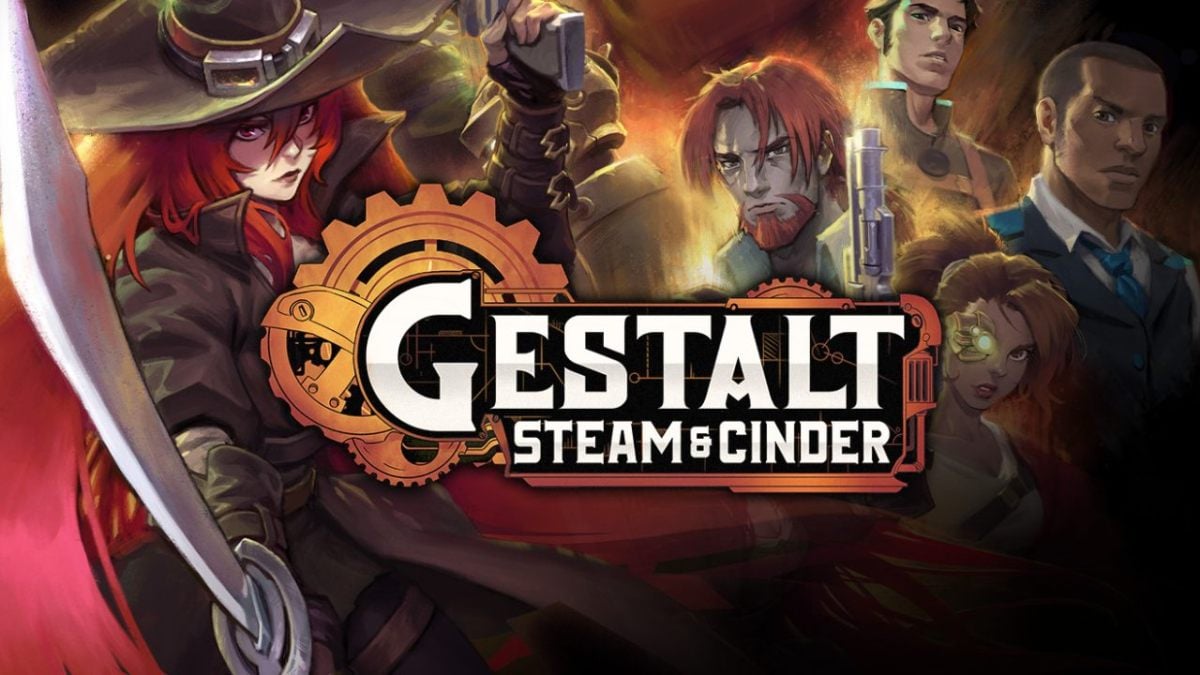
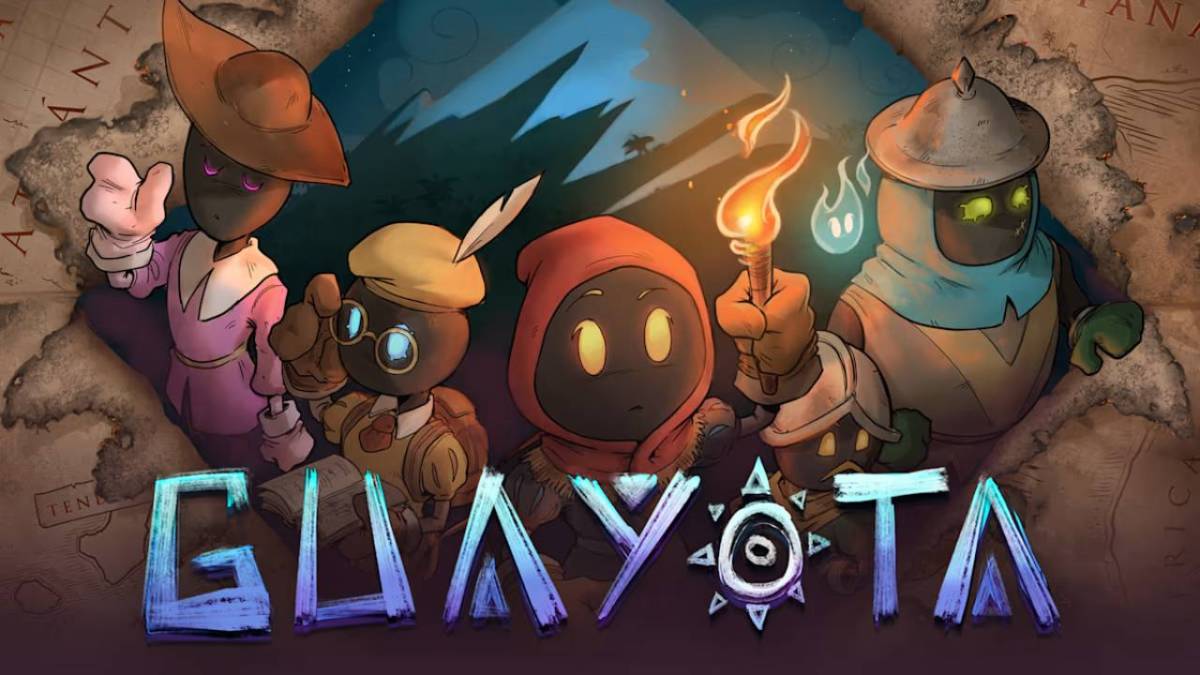
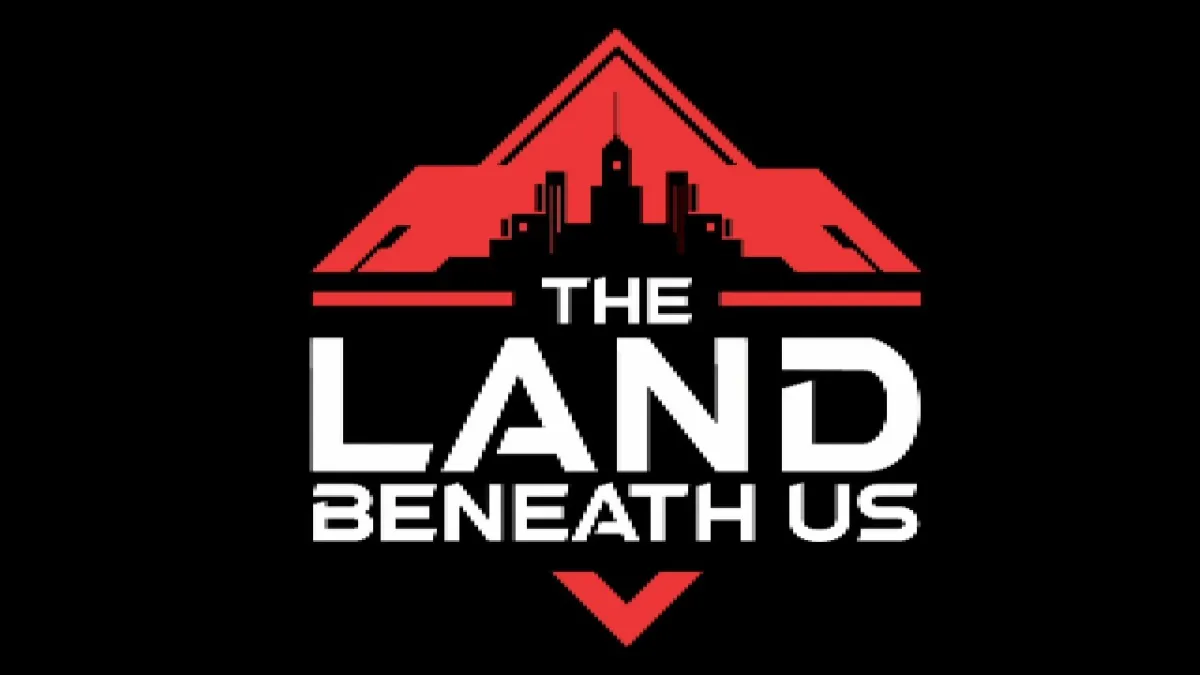
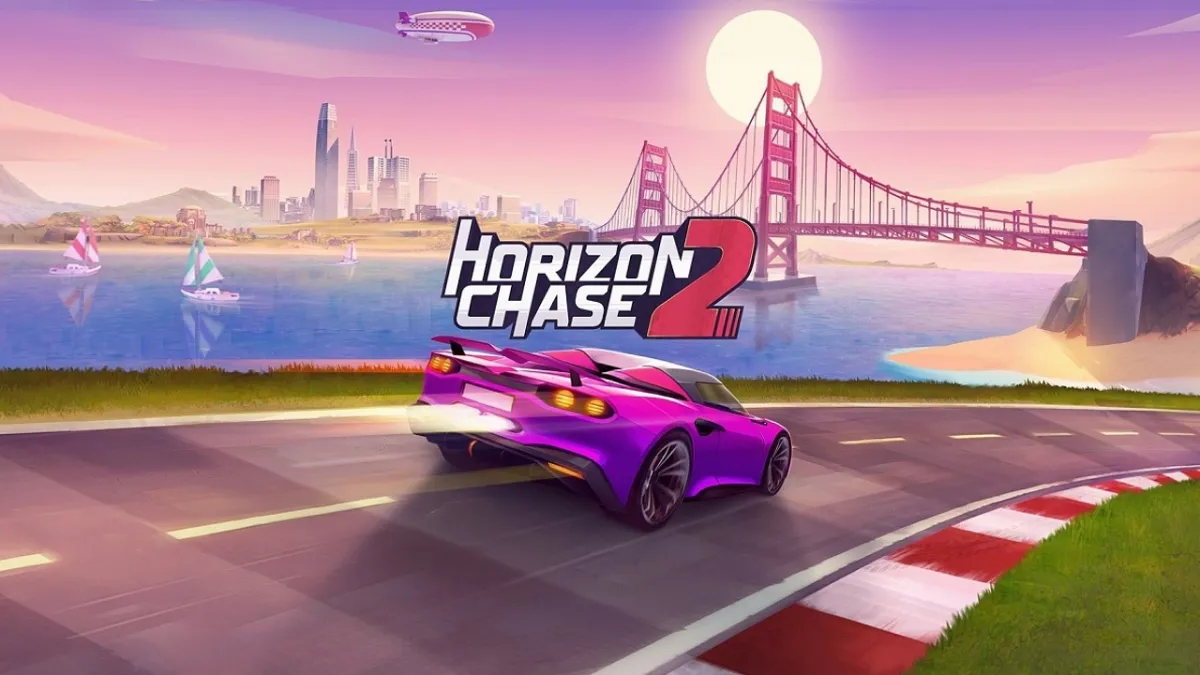
Published: Aug 19, 2017 10:00 am